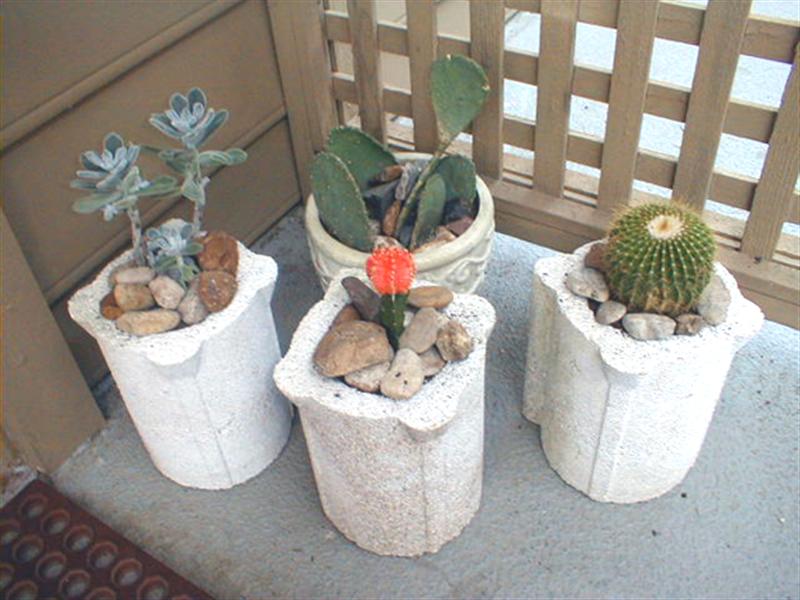The idea here is to use a simple, inexpensive concrete mixture to cast decorative containers using common trash items as sacrificial mold elements. Styrofoam packing inserts, in particular, are available in an endless variety of shapes; the trick is to cultivate an eye for the negative spaces that are molded into these inserts, and set aside the interesting ones to use as outer forms. Inner forms, obviously, should be simpler, because the inside of the pot is not going to be visible.
Projects from Make: Magazine
Concrete Planters
Create disposable mold elements with scrap styrofoam.



